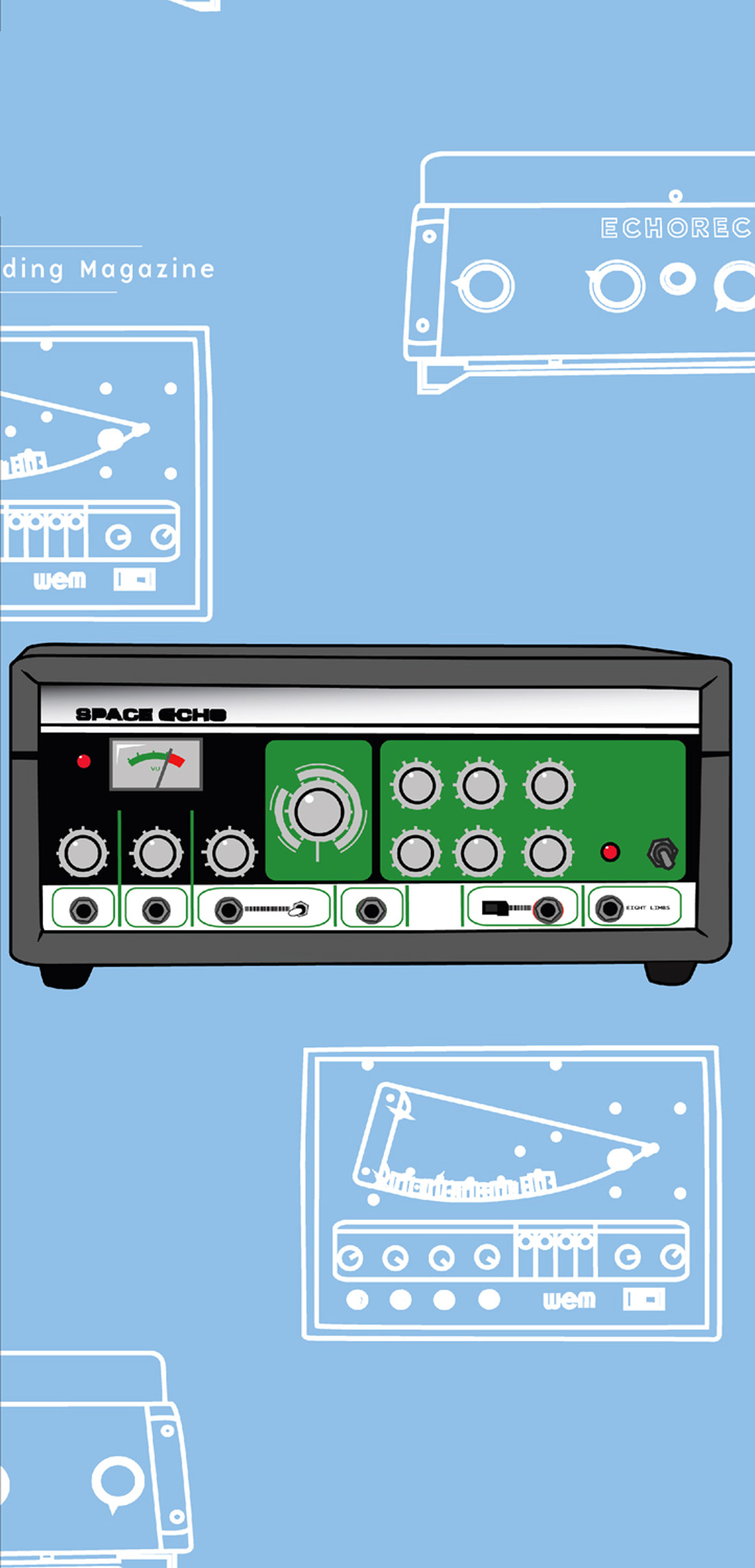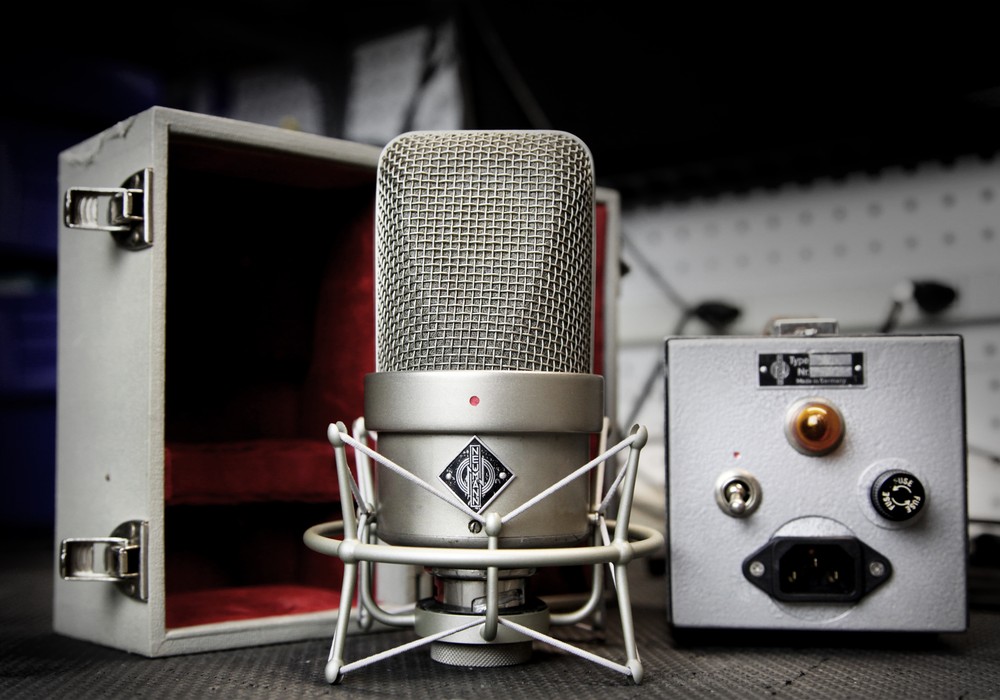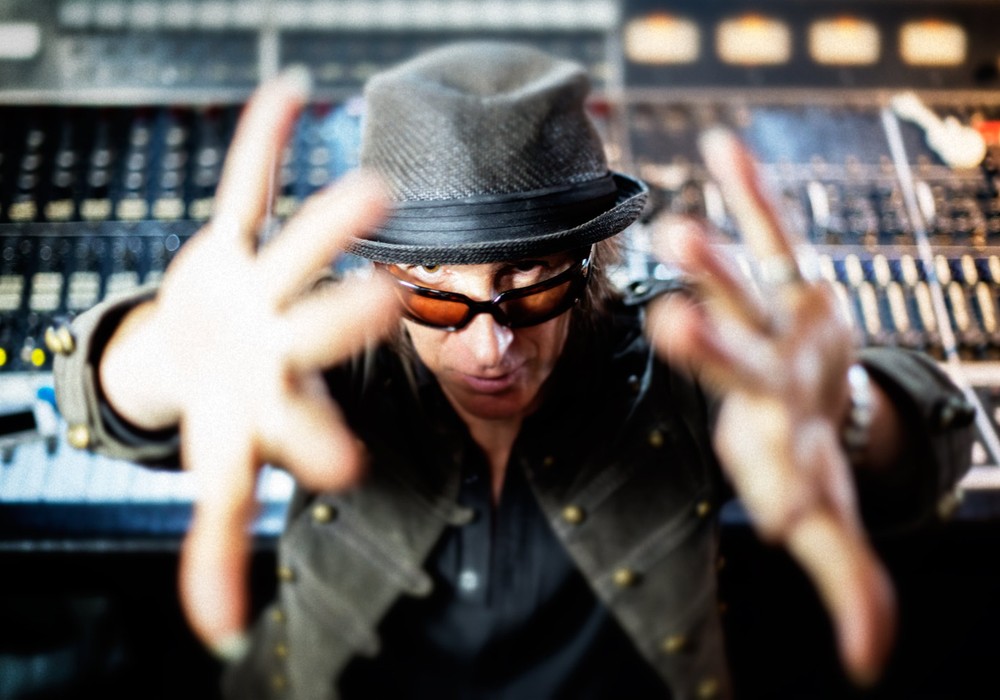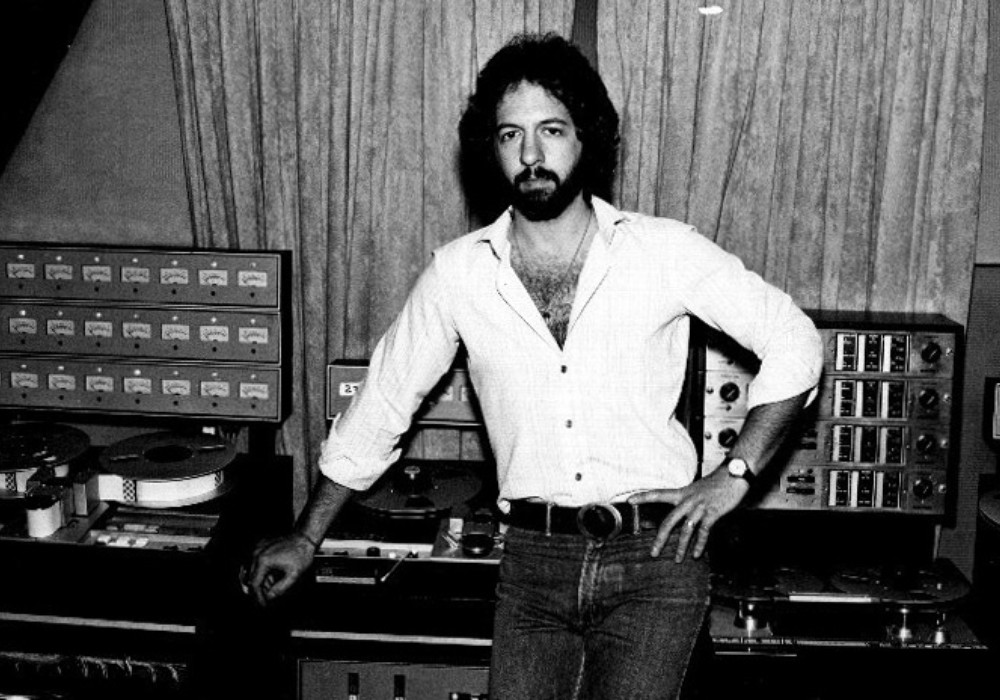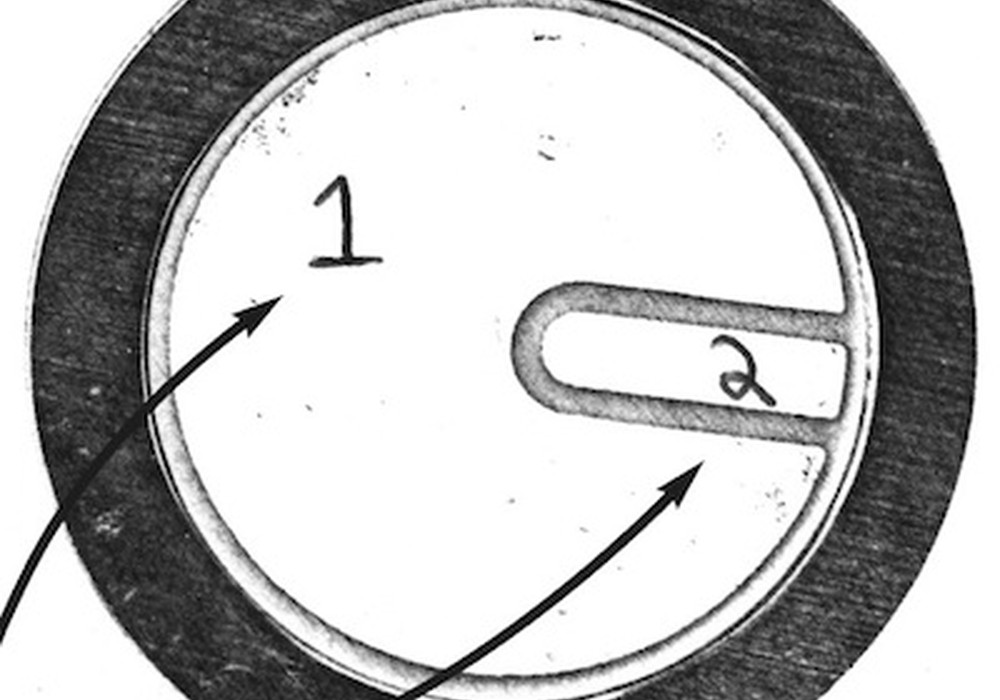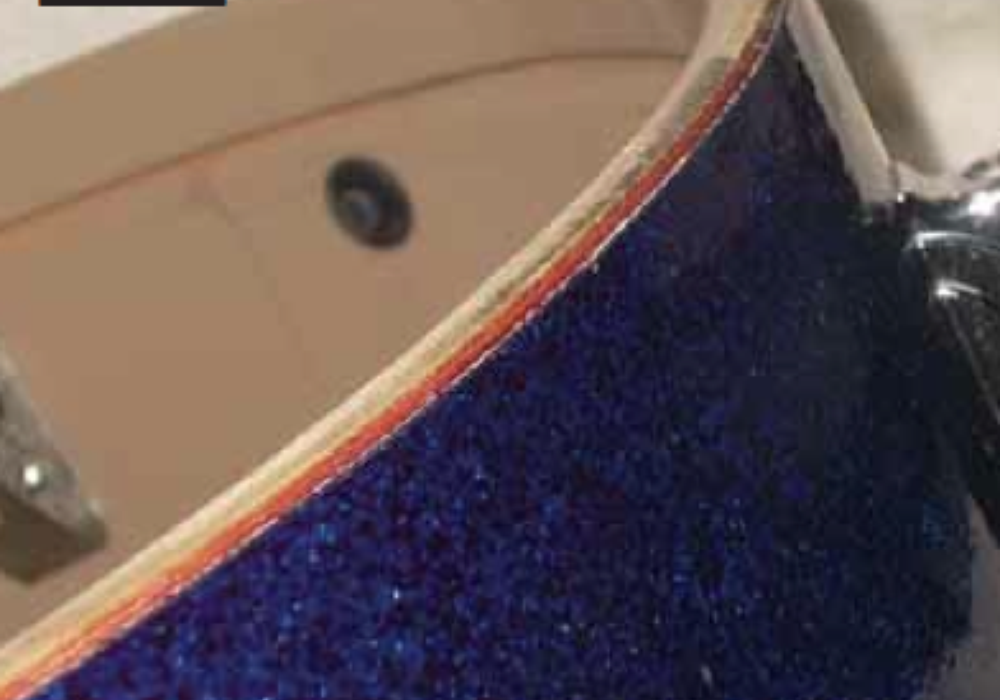It started out as a favor to a friend. His father had died and left a collection of old records, stacked in cardboard boxes collecting dust on the back porch. My friend asked me, an audiophile, to sift through the old musty-smelling records and save anything I wanted before the rest went to the thrift store or the trash. I began separating them into two piles: broken and not broken.
I delicately sorted through the records, stumbling upon a broad range of material. I saw Elvis, Johnny Cash, The Beatles, rag time piano hits, Charlie Pride, orchestral recordings of Vivaldi and the fox trot, and a Japanese version of the "Tennessee Waltz" to name a few. These records not only spanned the entire gamut of musical genres, but also the size and material of all records made. I found 45s, 33s, and 78s.
The physical makeup of these records was just as broad. I sorted through vinyl, acetate, plastic, and even cardboard records with a plastic side that played. Then I happened upon a record that looked rather unusual. It was the size of a 78, but it was red and, oddly, the black and gold label had a space for someone to write a song's title, date, and speed. The manufacturer's name was Wilcox-Gay Recordio Disc. I set the record aside as one that I would keep and continued my search through the remaining sea of records.
Years later, I heard the name Recordio again. I received a package from my brother that included a few microphones that my father had picked up at the local flea market in Northeast Tennessee. A small brown metal microphone about the size of a paperweight had the name Recordio written on it. I knew I had seen the name before and then remembered that it was on one of the old records I had picked up some years ago. Diving back into the record collection I retrieved the red Recordio disc and noticed something written on the record label: "Bruce's 3rd Birthday March 13th, 1950." Intrigued to find a manufacturer that produced both records and microphones I ventured over to the record player to hear what this recording was exactly. Once the stylus hit the first groove of the record I heard what seemed to be a small child talking to birds. The birds chirped loudly, as you could make out a woman's voice saying, "Talk to them" and a man's voice saying, "How old are you, Bruce?" The recording was only a couple of minutes long, so I flipped the record over. On this side the same family was back. The birds continued to sing and a dog began to bark, as you can hear the mother saying, "Let's sing 'Happy Birthday'." The voices came through the speaker as a muffled sound being played through the years of dirt and scratches. I pictured the recorder being turned on and left sitting on a table to capture the events taking place throughout the room. One could certainly not hear clear enough to make out a conversation. This home recording on vinyl began my search into the world of Recordio.
The Recordio discs were a product of the Wilcox-Gay Corp., which began in 1910 as a small company creating radios and transcription recorders in Charlotte, Michigan. As their business grew so did the product line they carried and in 1939 they launched the Recordio. The Recordio device not only played records but also allowed the user to use a microphone that accompanied the player to record themselves onto a blank record — a "Recordio Disc." The Recordio machine recorded at 78 rpm with decent fidelity. These machines also included an AM radio receiver. With this function you could record your favorite radio broadcasts to listen to time and time again. These machines were marketed to the middle class through such media outlets as Ebony and Life magazine. The player/recorder found its way into the hands of musicians, and Johnny Cash and Les Paul were known to use these devices. In its debut year the Recordio device sold 25,000 units, but with the Great Depression underway and the adoption of magnetic tape the Wilcox-Gay Corp. sales declined. In 1961 the company moved to Chicago and lasted two more years before finally declaring bankruptcy a second time and closing its doors for good in 1963.
This piece of recording history has its place in the timeline of devices. I can only imagine the other discs floating around out there that may contain great music or have historical events on them. To this day I am not sure who Bruce is or how the record stumbled into the hands of my friend's father, but when listening I do clearly picture the old Recordio machine that Bruce's family had set up in the room to document his third birthday.
